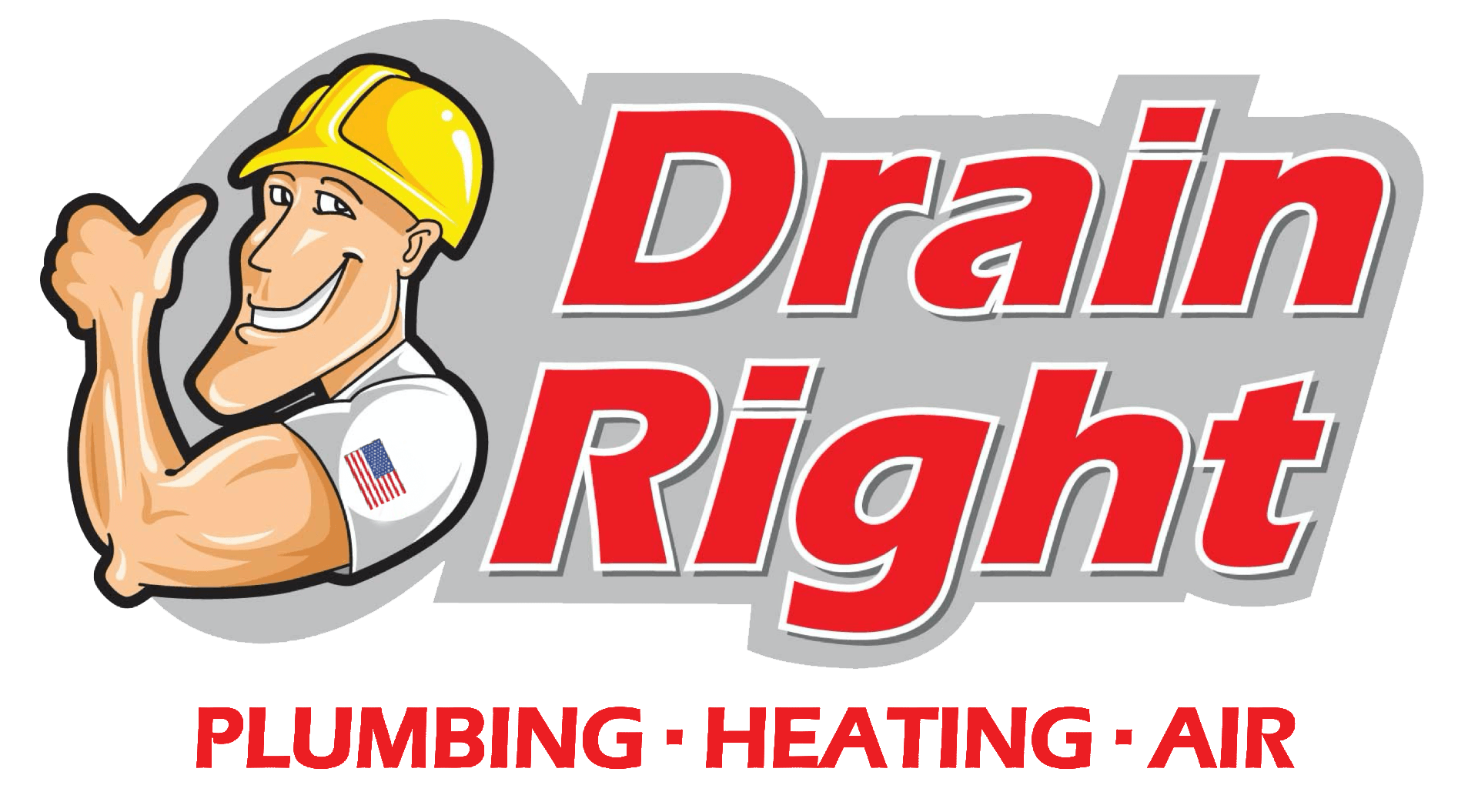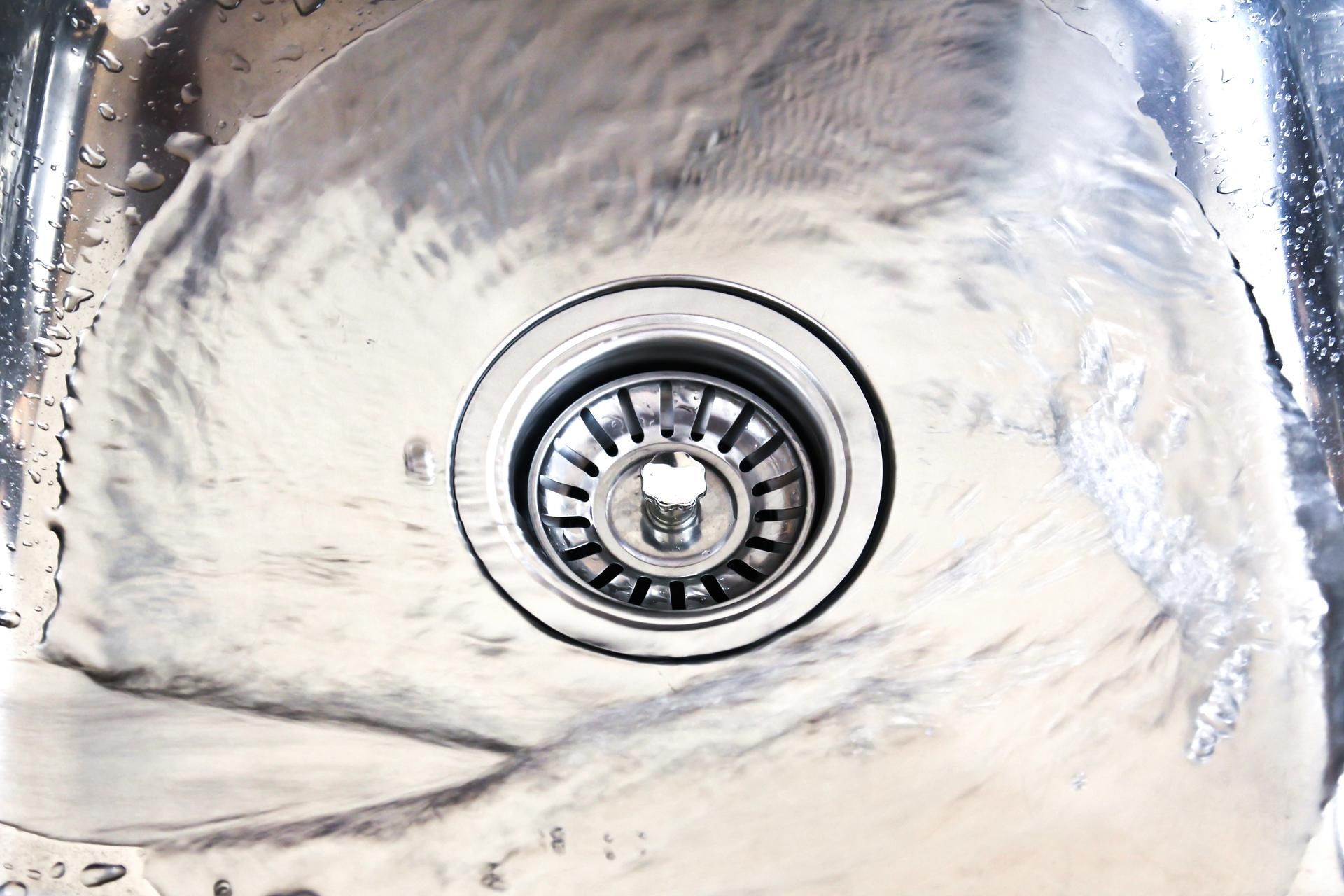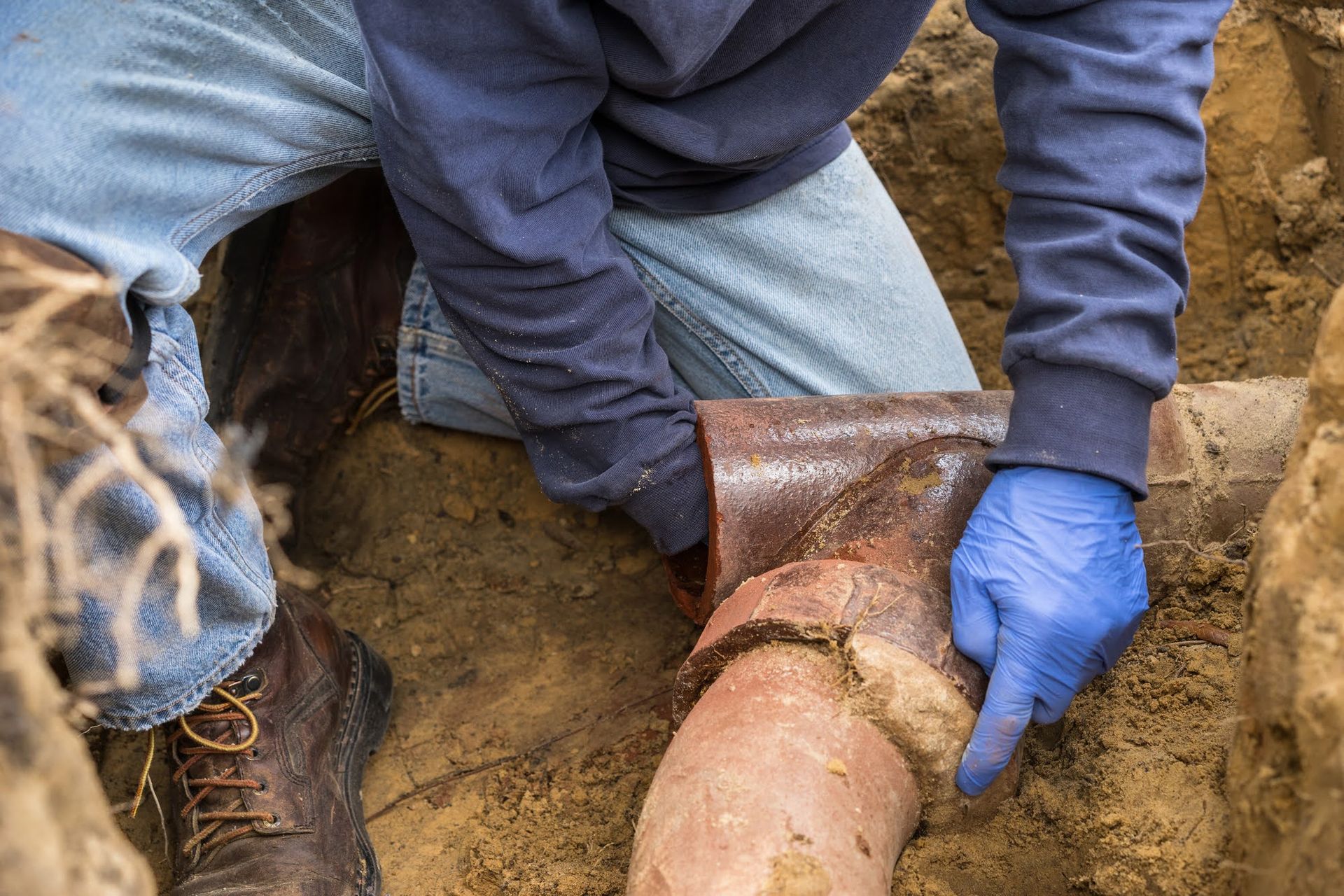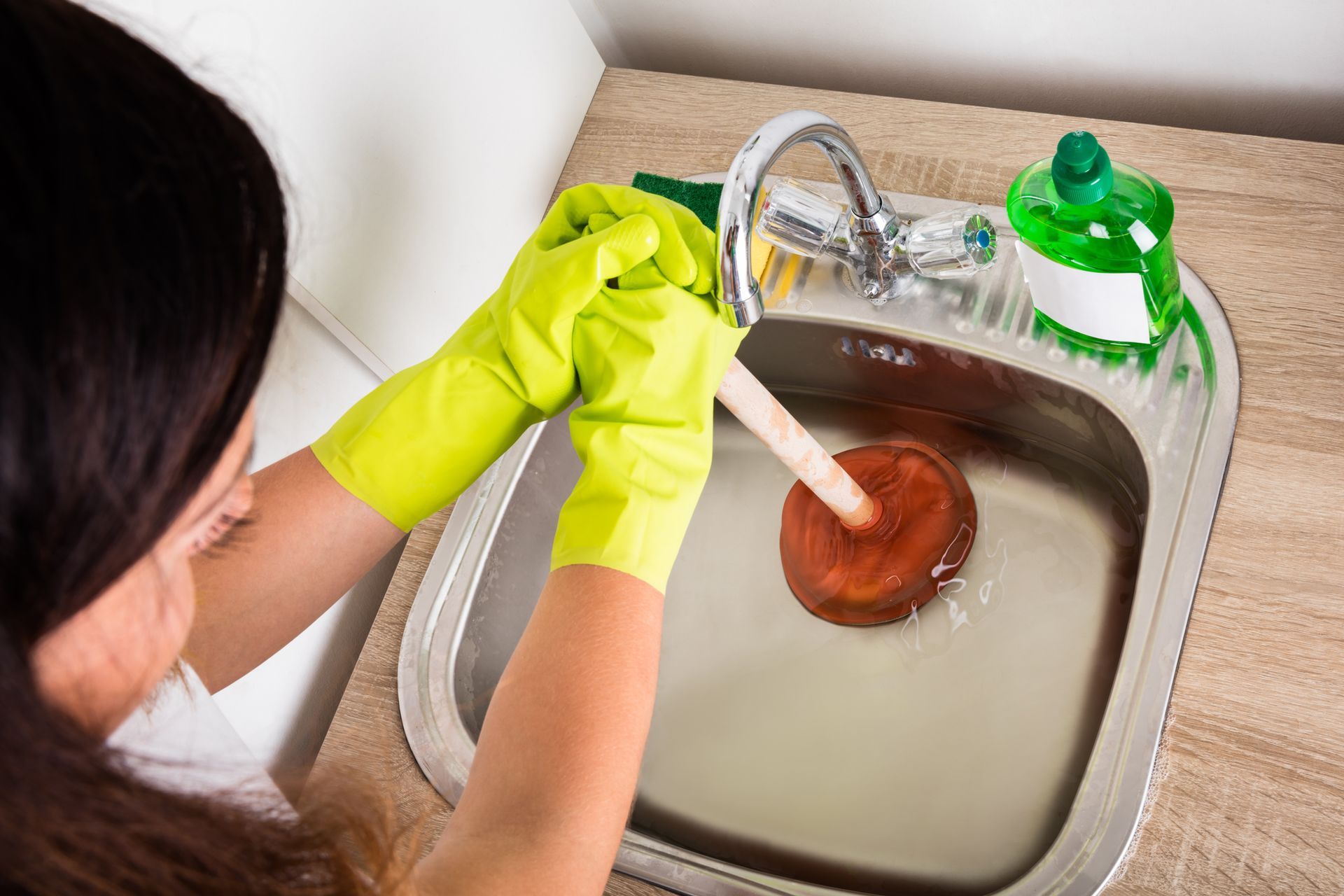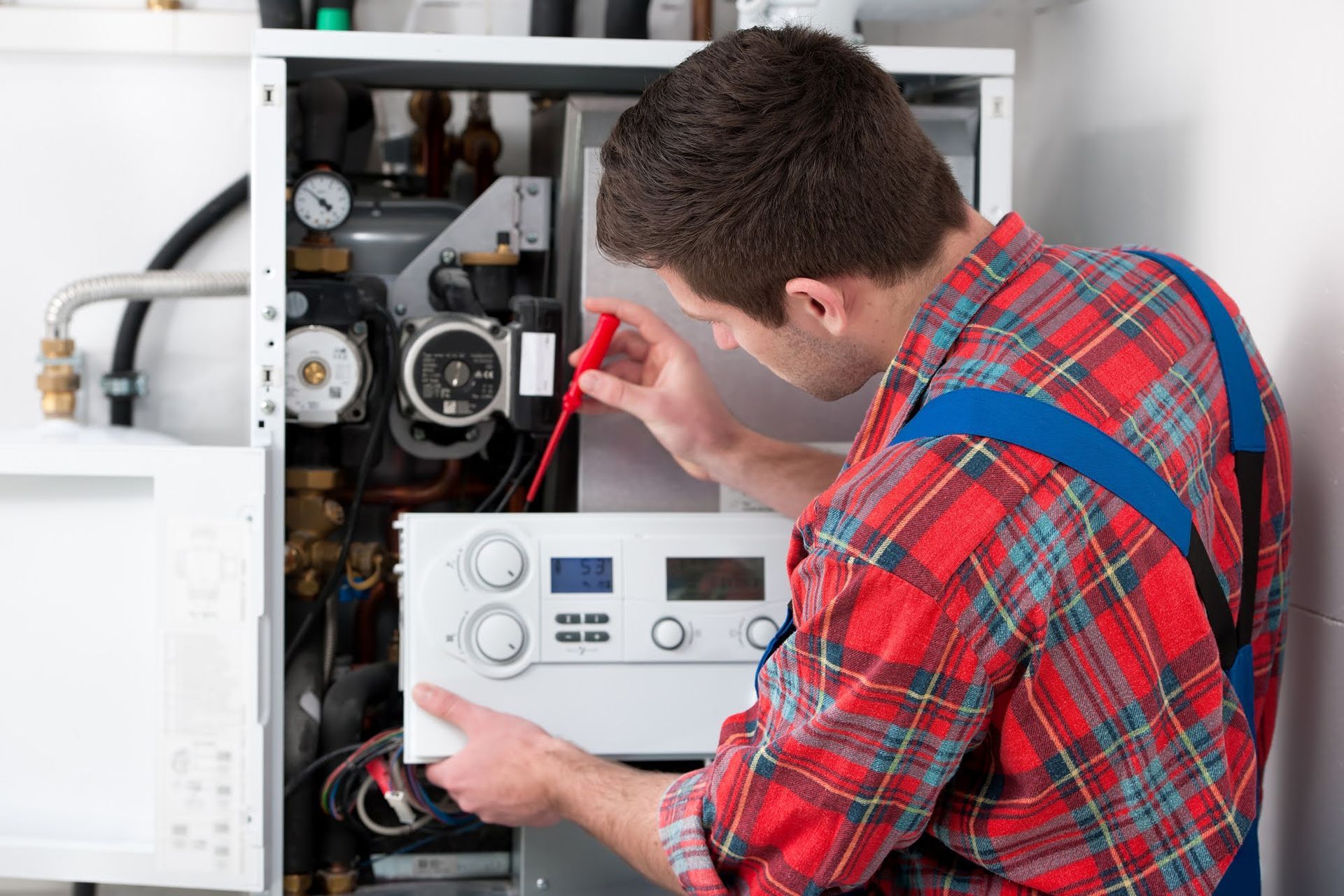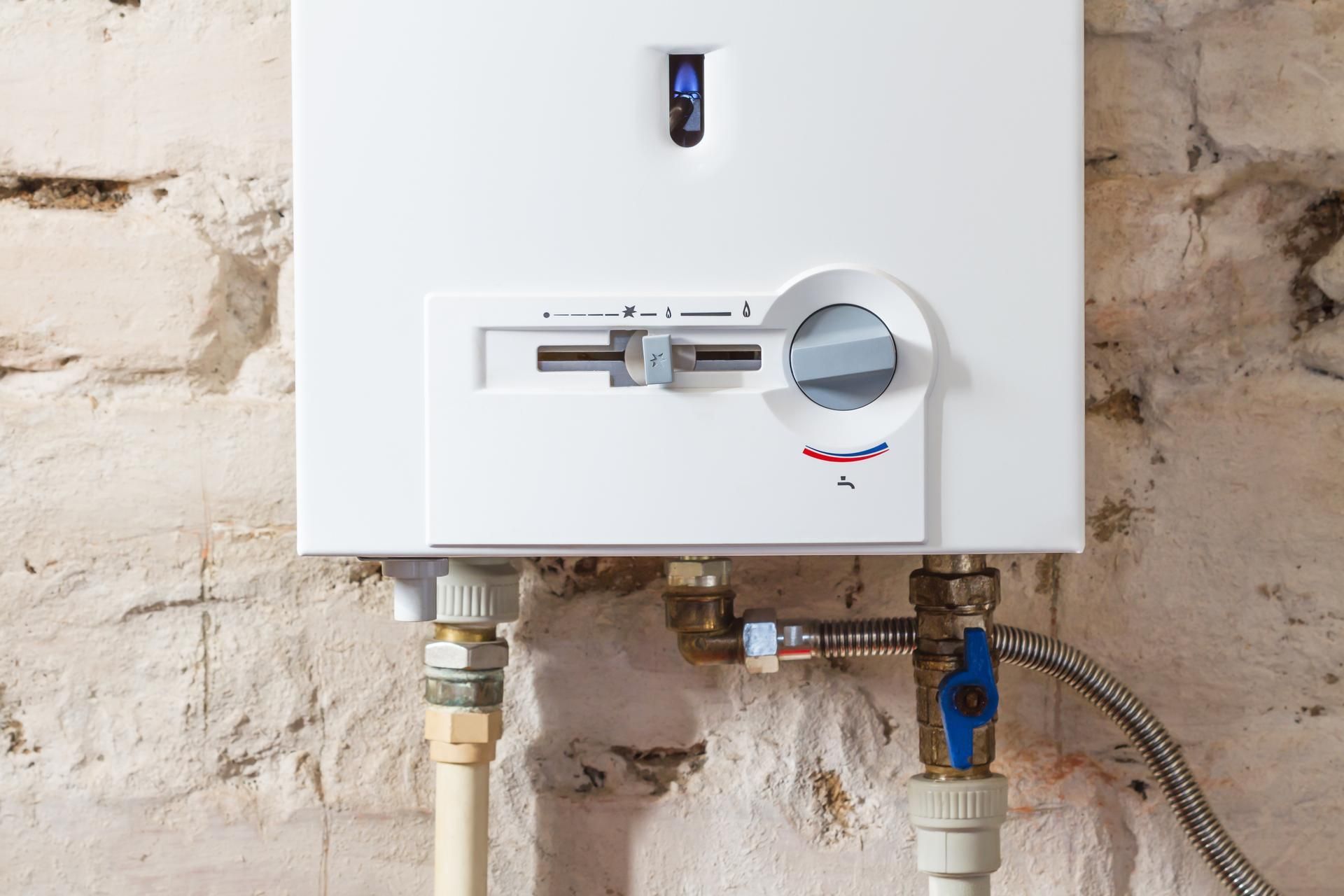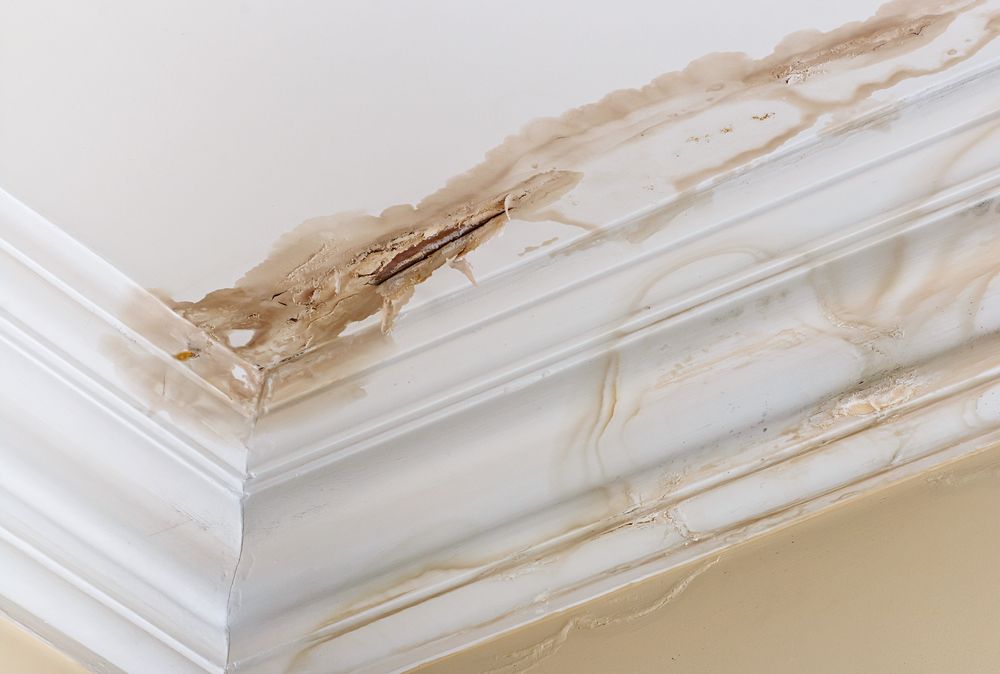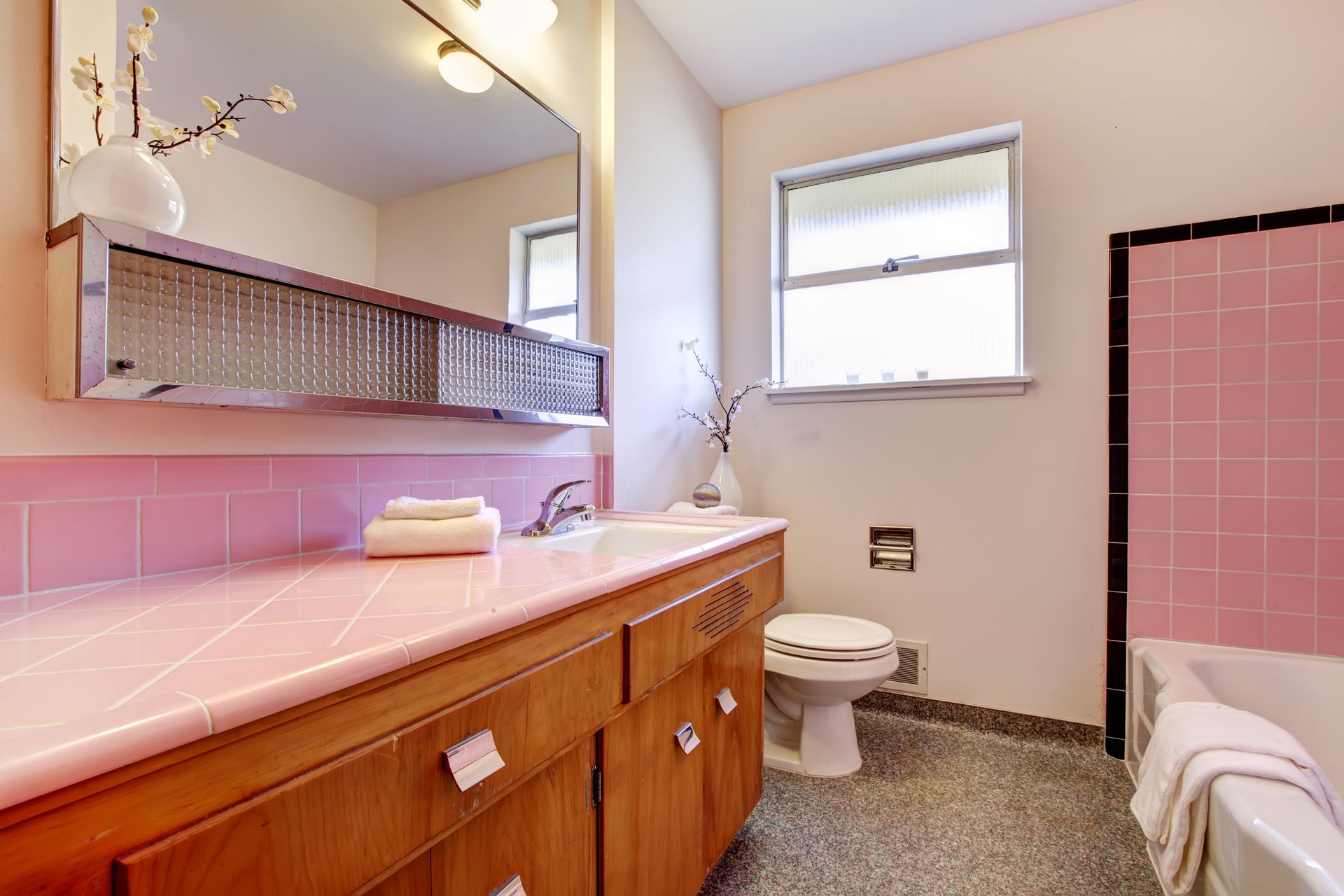Plumbing Problems To Watch Out for in Older Homes

Many people cherish older houses for their charm and character, as they often possess unique specifications and expensive materials that modern construction cannot replicate. However, behind the decorative crown molding and plaster walls, these houses frequently hide various issues. Here are some prevalent plumbing problems in old houses.
Corroded Pipes
In the past, plumbing systems were often installed with pipes composed of metal alloys such as iron or galvanized steel, which are prone to corrosion over extended periods. Consequently, as years go by, these metallic pipes become vulnerable to chemical reactions with water, resulting in corrosion and subsequent damage.
Many factors contribute to this prevalent issue. First, water—particularly if it is acidic or contains high mineral content—can accelerate the corrosion process. Second, the absence of protective coatings or linings on vintage pipes exacerbates their susceptibility to rust and corrosion. Additionally, fluctuations in water pressure and temperature within the plumbing system can intensify the wear and tear on the pipes, leading to faster degradation.
Furthermore, the absence of regular maintenance and inspections in older homes often allows corrosion to go unnoticed until it becomes a major problem. Over time, corroded pipes may develop leaks, reducing water pressure and causing potential water damage.
Pipe Bellies
The continuous use of water and drainage over time can gradually shift and settle the soil underneath the pipes, causing them to sag or form bellies. This occurs when the soil beneath the pipes erodes or compacts, creating an uneven foundation.
The materials used for older pipes, such as cast iron or clay, may be more prone to deformation or weakening over time. The combination of aging materials and the constant weight of water flowing through the pipes can lead to their gradual bending or sagging. Additionally, the absence of proper support or inadequate installation techniques during the original construction of the plumbing system can contribute to pipe bellies.
These factors combined result in the creation of low spots or dips in the pipes, which impede the smooth flow of water and increase the likelihood of clogs, blockages, and backups.
Root Intrusion
As trees mature, their roots naturally extend in search of water and nutrients. In older homes, aging pipes made of materials such as clay or cast iron may develop small cracks or gaps over time. These imperfections provide an entry point for the persistent and tenacious tree roots. The roots are attracted to the moisture and warmth inside the pipes, prompting them to infiltrate the plumbing system.
Once inside, the roots continue to grow and expand, exerting pressure on the pipes and causing blockages or leaks. This infiltration can lead to significant plumbing issues, including clogged drains, backups, or even pipe ruptures.
Worn-Out Fixtures
With the passage of time, fixtures such as faucets, valves, and pipes experience wear and tear. This can lead to leaks, drips, and reduced functionality. Exposure to minerals and sediments and the effects of temperature changes contribute to the deterioration of these fixtures.
In addition, older homes often need updated plumbing systems designed to handle modern water usage demands. Increased water pressure and the weakened state of worn-out fixtures exacerbate the likelihood of plumbing issues.
Copper Pipes With Lead Solder
Copper pipes with lead solder often pose a common plumbing problem in older homes due to the use of lead-based solder during their construction. This issue arises because plumbers, in the past, frequently employed lead to join copper pipes together.
Over time, the solder gradually deteriorates, leading to potential leaks and water contamination. The lead in the solder can seep into the water supply and expose inhabitants to the harmful effects of lead poisoning.
Does your old home have any plumbing problems? Drain Right Services can help solve the problem. Contact us now for more information.
- Mon - Sat
- -
- Sunday
- Closed





